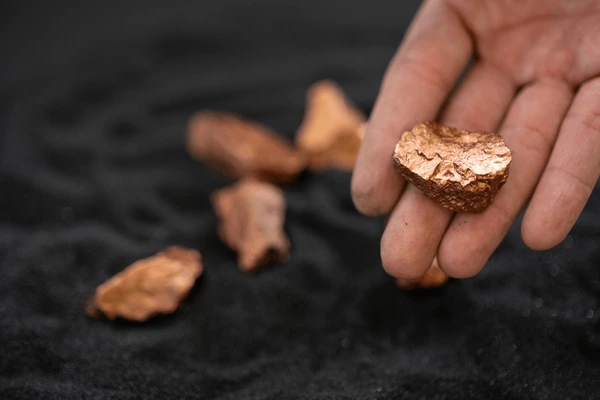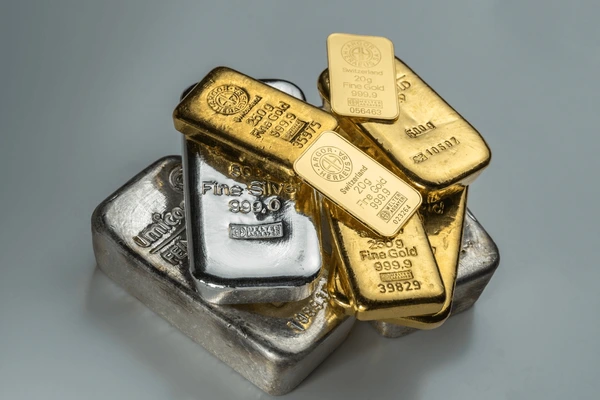Sayanava Sinha Roy
07.10.2025
What Factors Decide the Real Gold Price in India
Understand the key factors that decide the real gold price in India and learn how a reputed gold buyer evaluates purity, demand, and international trends to ensure fair valuation and trust in every transaction.
Gold has always been more than a metal in India—it’s a symbol of wealth, culture, and emotional security. Whether it’s wedding jewelry, investment bars, or inherited ornaments, gold holds deep significance in Indian households. Yet, one question remains common: “What exactly decides the real gold price in India?”
Table of Contents
Contrary to popular belief, the value of gold isn’t fixed by local jewelers. It’s influenced by a complex interplay of international market trends, currency movements, demand-supply forces, and purity levels. Let’s break down the main factors that determine how gold gets its real price in India and why understanding them matters before selling or buying.
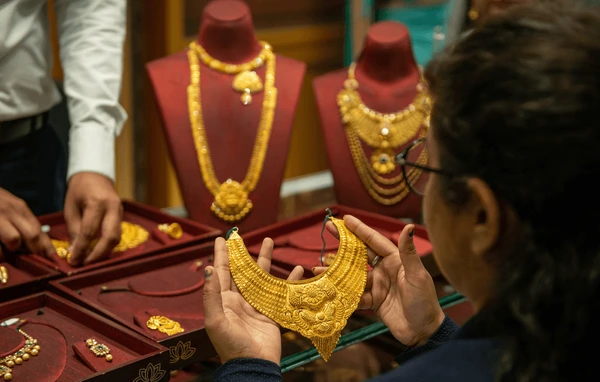
The Global Influence on Gold Prices
Gold is traded globally, and its price is largely determined in the London Bullion Market and COMEX (Commodity Exchange Market in the USA). These international rates act as a benchmark for gold prices across the world, including India.
When global gold prices rise or fall, the effect immediately reflects in the Indian market. Factors like inflation, political instability, and international trade policies often influence this global trend.
In simple terms:
- Global gold price ↑ → Indian gold price ↑
- Global gold price ↓ → Indian gold price ↓
So, if the US dollar weakens or global demand for gold increases, you can expect the gold price in India to move upward.
The Role of Currency Exchange Rate
The gold price in India is quoted in Indian Rupees (INR), but the international price is set in US Dollars (USD). Hence, the USD-INR exchange rate has a direct impact.
Example:
- If the dollar strengthens against the rupee, importing gold becomes costlier → prices rise.
- If the rupee gains value, gold imports become cheaper → prices drop.
This means that even if the global gold price remains constant, fluctuations in currency exchange rates can change the local price significantly.
Import Duties and Government Policies
India imports most of its gold, so import duties and taxes are critical in determining the real gold price.
Currently, the Indian government imposes customs duty, agricultural cess, and GST on imported gold. Any revision in these rates affects how much jewelers and refiners pay—and eventually what customers pay or receive.
Key takeaway:
When the government increases import duty, gold prices in India automatically rise, even if the global price remains the same.
Local Market Demand and Festive Seasons
India’s relationship with gold is emotional. Demand peaks during weddings, festivals like Diwali, Akshaya Tritiya, and Dhanteras, and during times of economic uncertainty.
- High demand periods → Prices tend to rise.
- Low demand periods → Prices often stabilize or drop.
Gold isn’t just a commodity here—it’s part of our traditions. This cultural attachment creates seasonal variations in pricing.
The Impact of Gold Purity and Hallmarking
The purity of gold—measured in karats (K)—directly affects its price.
- 24K gold: 99.9% pure (highest value)
- 22K gold: 91.6% pure (commonly used in jewelry)
- 18K gold: 75% pure (used in ornaments or mixed designs)
The BIS hallmark ensures that your gold meets specific purity standards. Without hallmark certification, buyers or refiners may deduct value to account for potential impurities.
This is one reason why the Professional Gold Buyers always test purity scientifically—through techniques like X-ray fluorescence (XRF) analysis—to determine the accurate value.
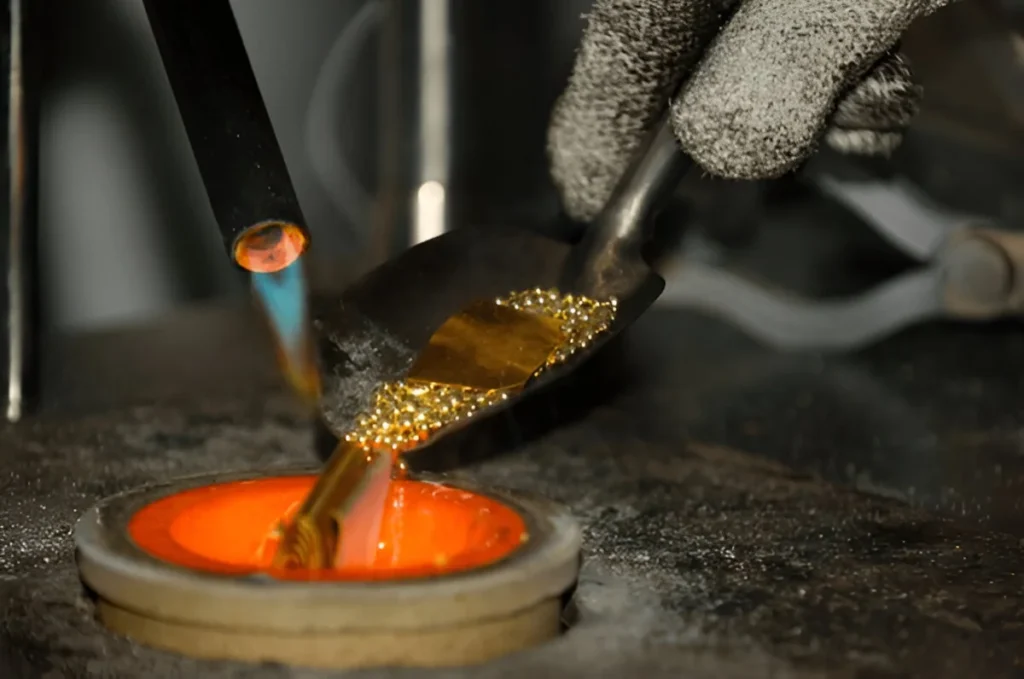
Gold Refining and Assaying Process
Before a buyer or refinery can offer a fair price, the gold’s quality must be verified. That’s where refining and assaying come in.
Refining removes impurities from gold, while assaying measures its exact composition.
The process involves:
- Cleaning and weighing the gold sample.
- Testing purity using advanced technology.
- Calculating the value based on weight and karat.
This transparent testing process ensures sellers get the best market-based price for their gold.
Influence of Inflation and Economic Stability
Gold is known as a safe-haven asset. When inflation rises or economic uncertainty increases, people tend to buy more gold as protection.
In India, during times of high inflation or weak stock markets:
- Investors shift to gold.
- Demand rises.
- Prices follow suit.
Thus, gold often acts as an economic mirror—reflecting people’s trust during uncertain times.
International Gold Reserves and Central Bank Policies
Another major influence comes from central banks. When banks like the Reserve Bank of India (RBI) or the US Federal Reserve increase their gold reserves, prices go up due to higher demand.
Conversely, when interest rates rise, investors may move to other assets, leading to lower gold prices.
So, global monetary policies and reserve management decisions directly impact how gold is priced in India.
Supply Chain and Logistic Costs
The journey of gold—from mines to markets—isn’t simple.
Costs related to mining, transportation, refining, insurance, and logistics all add up. When these costs increase, they influence the retail price consumers see in the market.
This is why two regions within India might have slightly different gold rates on the same day.
How the Best Gold Buyer in Kolkata Ensures Fair Value
When selling or exchanging gold, it’s vital to choose a professional who follows scientific valuation methods.
The Best Gold Buyer in Kolkata focuses on:
- Transparent purity testing using certified machines.
- Real-time gold rate tracking based on international benchmarks.
- Instant payout and fair valuation without hidden deductions.
These practices protect sellers from underpricing or inaccurate assessments. A reputed buyer uses both market data and purity analysis to offer genuine value for every gram.
Latest Market Trends in Gold Pricing
The gold market in 2025 shows several evolving patterns:
- Rise of recycled gold: Eco-conscious buyers prefer refined gold.
- Increased use of digital gold investments.
- Technology-driven purity analysis: XRF machines enhance trust.
- Sustainable refining processes: Reducing chemical waste and promoting responsible sourcing.
Staying updated with these trends ensures you make smarter buying or selling decisions.
Key Takeaways to Understand Gold Pricing
Here’s a quick recap of what shapes the real gold price in India:
- Global market trends and currency exchange rates
- Import duties and government taxes
- Local demand during festive and wedding seasons
- Purity and hallmark certification
- Refining and assaying accuracy
- Economic stability and inflation levels
- Central bank gold reserves
- Logistics and processing costs
Each factor plays a role in the final price you see at your local jeweler or refinery.
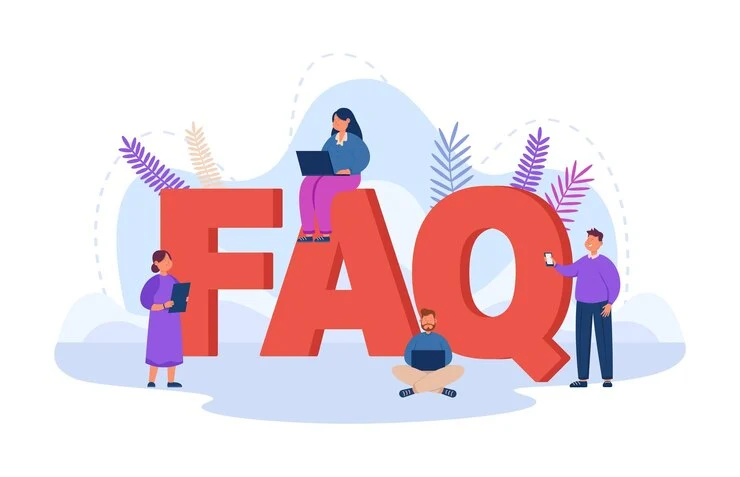
FAQs on Real Gold Price in India
1. Why do gold prices change every day in India?
Because global gold rates, exchange rates, and local demand fluctuate daily.
2. How do I know if I’m getting a fair gold price?
Always check purity, current market rate, and hallmark certification. Transparent buyers provide live rate charts and purity test reports.
3. Does the city affect gold price?
Slightly, yes. Transportation and local taxes can cause minor variations in prices between cities.
4. Can refining old jewelry fetch better returns?
Yes, refining helps recover pure gold from old jewelry, ensuring you get paid for its actual value.
5. Why is Hallmark important when selling gold?
Hallmarked gold guarantees purity, giving buyers confidence and ensuring you receive the best possible rate.
Golden Wisdom for Smart Sellers
Understanding what drives gold pricing helps you make informed choices. Whether you’re buying for tradition or selling for financial needs, awareness ensures fairness.
Gold will always hold its charm—but knowledge gives it value. With expert evaluation and transparent testing from trusted professionals like Rahul Refiners and Analyzer, you can confidently navigate India’s dynamic gold market knowing your assets are in the right hands.
Popular Post


